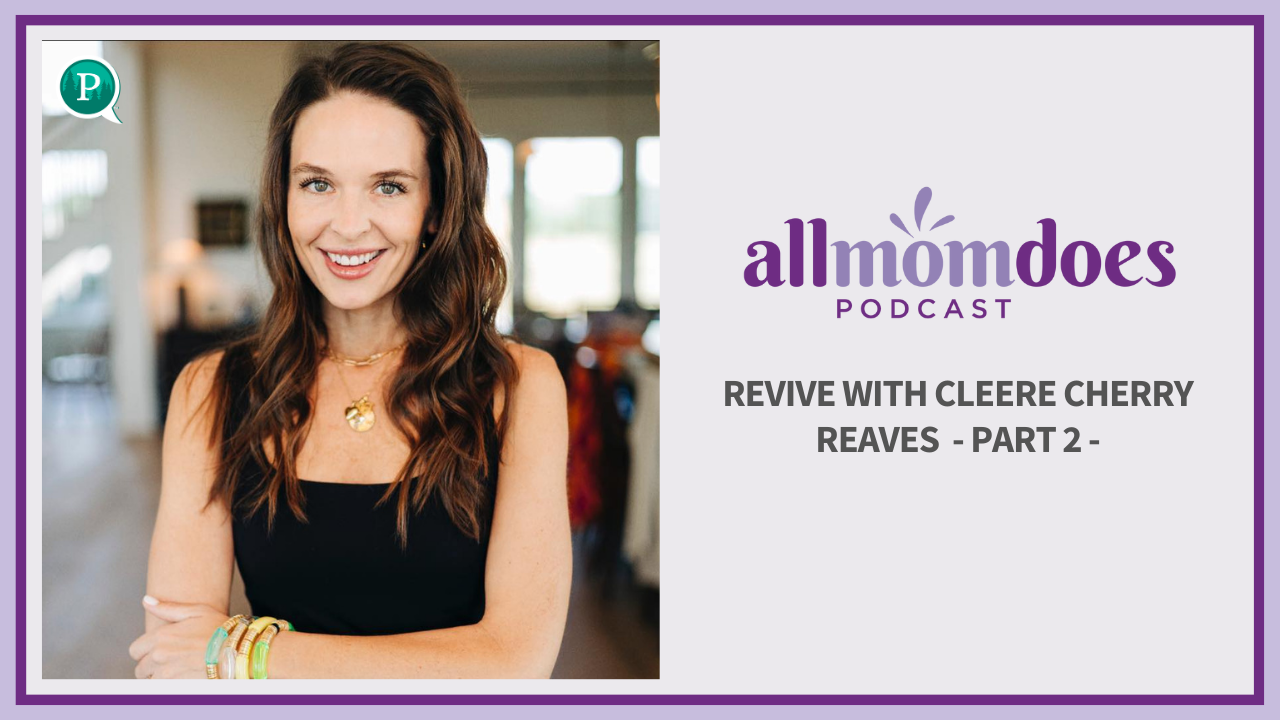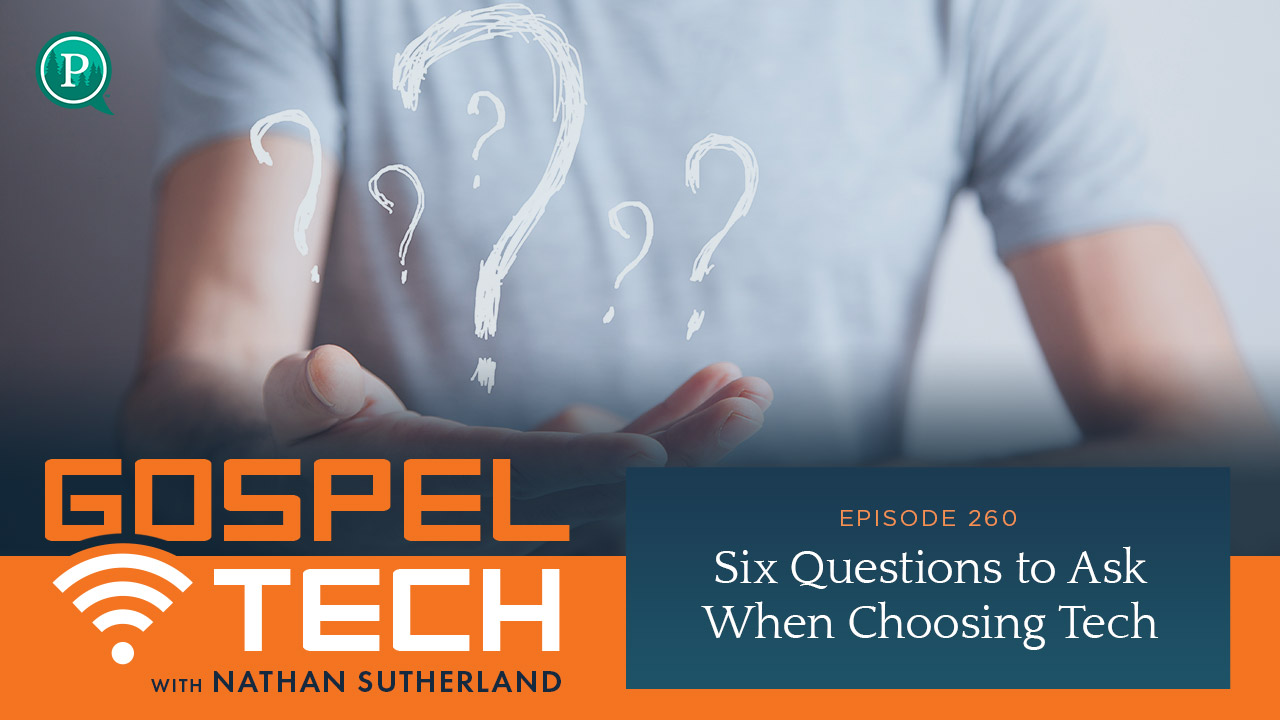I think we can all agree that there are no perfect options when it comes to school in the fall. We’re either sending our kids into a familiar system that will likely feel foreign, or keeping them at home where they’re learning via a new modality and remaining isolated from their peers.
It’s hard.
And it’s even harder because there isn’t one “right” answer. The “right” answer (if there even is one) depends on the family and the individual child. The “right” option looks different for the neurotypical child compared to the child with special needs. A family with immunocompromised individuals vs. those with no major health concerns. Families with dual working parents or those in essential fields as opposed to those with stay-at-home parents or disposable income to spend on supplemental child care.
There are health divides. Socioeconomic divides. Political divides. Not to mention factoring in the health of the teachers and how it will play out if someone in a class gets sick. People have strong opinions all around. But at this point we need to stop worrying about other people’s choices and focus on making the right decision for our own children and families.
So if you’re feeling uncomfortable about sending your child to a physical school in the fall, here is an overview of your options.
#1: Wait for Your District’s Online Option
In some areas of the country, school is just around the corner. Here in Washington, we’re not even halfway through summer and most districts are still drafting their plans for fall. It remains to be seen, but the general consensus is that there will be both a hybrid option AND an online-only option. It’s safe to say that whatever online learning looks like, it will be superior to the spring format when everyone was in a fly-by-the-seat-of-their-pants situation. Parents and teachers alike struggled with feeling like the online instruction was as effective as it could be, and no doubt districts have spent significant time over the summer researching online curriculums, platforms, and other best practices. So option #1 (and probably the easiest) is to just wait and opt-in to your district’s fully online option.
#2: Online Public School Programs
Programs have existed for years that offer public school instruction 100% online. This is not considered homeschooling, but rather public school via an online format. Here are some of the main benefits:
- They are established programs. Fully-online delivery of primary and secondary education is not new territory to them. They have proven track records and are aware of best practices in the field.
- As a parent, you don’t have to worry about the curriculum. These programs are fully packaged. Sure, you may need to make choices about classes here and there but unlike homeschooling, you do not have to research and choose a curriculum. It is provided for you.
- You are not the teacher. Your child will have a teacher (or teachers) through the online format that are responsible for instruction. That doesn’t mean you won’t need to be involved (see additional info below), but you are more of an educational coach or facilitator than a teacher.
- It is free. As a contracted program of a public school district, parents do not need to pay tuition.
Both student and parent participation varies based on age. For younger grades, expect 25-30% of the school day to be spent in front of a computer; the rest of the learning occurs offline completing assignments, doing reading activities, or working on projects. Older students can expect to spend the bulk of their days on the computer as more and more of their content is housed online.
I had the opportunity to speak with Summer Shelton, Head of School for Washington Virtual Academies (WAVA). I asked her how much time parents should expect to commit to assist with their child’s learning. Here is what they find necessary for a child to be successful:
- Grades K-2: 4-5 hours a day; parents really do need to sit side-by-side with the student for the bulk of the school day to make sure they understand the instruction and get their work done as expected
- Grades 3-4-5: About 2-3 hours per day. While parents no longer need to attend all of the virtual classroom meetings, the student does still need a lot of support
- Grades 6-7-8: Upper elementary and middle school kids need less support. Parent involvement should be mostly limited to helping the student plan or organize their day and assignments, ie, “What do you need to get done? What will your schedule look like for tomorrow?”
- Grades 9-10-11-12: Students are typically responsible enough to manage their own schedules and workloads at this point; minimal parent involvement is needed
When enrolling in an online public school program, be aware that you will need to apply for a “choice transfer” into a district running the program you’re looking at if it is not offered in your assigned district. This “choice transfer” form is mandatory for enrollment and, between building closures and summer break, some parents are having trouble getting ahold of an administrative person to handle their form. Don’t delay working on this piece if you want to enroll in a public online school option this fall.
Another thing to consider is that these programs may fill up. Some already have. Shelton, from WAVA, explained how they have just managed to expand capacity for fall, but still fully expect their program to fill. As of this writing there is space in all grades – but that won’t last. The bottom line: If you’re serious about enrolling in one of these online public school programs, get started now.
Here is a list of all the approved programs in Washington State.
The most well-known online programs in Washington State are WAVA, Insight School of Washington (both programs of K12, which also runs programs in other states as well as private school options), and Washington Connections Academy.
#3: Online Private School
If you can’t get into an online public school, or don’t feel like the curriculum is a good fit for your child, there are tuition-based private ones available. Much of the information above will apply, but parents will pay a fee to have their child attend.
#4: Parent Partnership Homeschool (with Local School District)
Local school districts offer a Parent Partnership Program to support families who choose to homeschool. From a state report, they are described as follows:
Parents typically provide a major portion of the student’s instruction, while school district personnel are responsible for such things as developing the student’s learning plan, monitoring progress and assessing performance. In all cases, school personnel retain ultimate supervisory responsibility for the entire instruction program, including the portion provided in the home, and this is what distinguishes these programs from traditional home-schooling.
In these programs, the school district also provides some in-person learning opportunities along with curriculum support and resources for schooling at home.
Check with your local district about their Parent Partnership Program, or see if a neighboring district is accepting variances from out-of-district.
#5: Homeschool
Homeschooling is a well-established educational modality in our state. As such, there are specific governing laws that protect parents who choose this type of education, and they can be overwhelming to the newbie. However, most experienced homeschoolers agree they’re not really all that complicated.
There are a lot of resources to help understand how to meet the requirements of the law, but as a homeschooling novice here are some of the big things you need to know:
*This is not comprehensive or legal advice. Please do your research to ensure you are in full compliance with local homeschool regulations.*
- Compulsory education doesn’t begin until age 8. This means if your child is younger than age 8, you don’t have to formally homeschool according to the letter of the law. However, if you have ever enrolled your under-age-8 child in school before, you need to formally withdraw them if you plan to homeschool so they are not considered truant.
- You need to qualify. To be able to homeschool in the State of Washington, you (the parent) have to qualify. This is done one of several ways:
- Have completed 45 quarter hours of college classes (about one year of college)
- Complete a Parent Qualifying Course (described by many as super easy to complete, and recommended even if you have the necessary college credits)
- Hire a qualified teacher to supervise you and spend at least one hour per week with your child to ensure academic progress.
- You need to file a Declaration of Intent by September 15th. You will file this with your local school district.
- Your child will need an annual test or assessment. This is either a standardized test administered by a qualified individual, or an assessment given by a certified person currently working in education. Keep in mind that the results of these annual assessments have no bearing on your ability to continue to homeschool but are for record-keeping purposes only.
- Keep records. Immunization and annual assessment records are the most important ones to keep. However, if you’re homeschooling an older (high-school-aged) student, you likely want to keep detailed records on curriculum – especially if you’re planning for them to return to a public or private school in the future.
- Homeschooling is narrowly defined as homeschooling YOUR OWN child. There has been a lot of discussion about small groups of families banding together to hire a private teacher, or to have one parent homeschool their friends’ kids. While on the surface it seems like a good solution, experts seem to agree this does not fall under the umbrella of “homeschooling.” You are actually creating your own private school or daycare in this scenario, and need to follow another set of guidelines. For a detailed explanation of why these “micro-schools” are problematic, see this series of Facebook posts from the Washington Homeschool Organization: 1, 2, 3, 4, 5, 6.
Another thing to keep in mind as you’re planning to homeschool your child is the length of your commitment. If this has been something you’ve been contemplating for awhile and the pandemic just finally threw you into the deep end, you have the time and flexibility to figure out the combination of curricula that works for your child over the long haul. However, if you’re certain that this is a temporary, one-year blip in your child’s public-school journey, it’s probably in your child’s best interest to adopt a homeschool curriculum that aligns closely with your school’s curriculum so they can reintegrate as seamlessly as possible once they return to the classroom. Some tips from experienced home-school moms in this regard:
- Search for a homeschool curriculum that aligns with Common Core. They make these just for this purpose!
- This list from OASIS (a WA State ALE program) has a handy list of curricula they allow their parents to choose from. Since this is a WA state program, you can be pretty sure they align.
- Brain Quest workbooks seem to align really well with what’s happening in schools
- BJU Press (Christian, full out-of-the-box curriculum that aligns with Common Core)
- Abeka (Christian, full out-of-the-box curriculum that aligns with Common Core)
- Kendall Hunt’s Illustrative Mathematics is completely free and comes highly recommended as a middle- or high-school option from a high school mathematics teacher
Additional resources to learn more about homeschooling:
- Washington Homeschool Organization (a WEALTH of well-organized, detailed information)
- Homeschool Potpourri (local store with homeschool resources)
- Washington Office of the Superintendent of Public Instruction
Did you find this information helpful? What do you plan to do once school starts up again? There are no easy answers, but if we want to be prepared come September, we have to start moving toward decisions now. You got this, mama. We’ll all get through this next year. I promise.

I Love Spending Time with My Kids, but I Can’t Wait for Them to Be Able to Leave Again

















